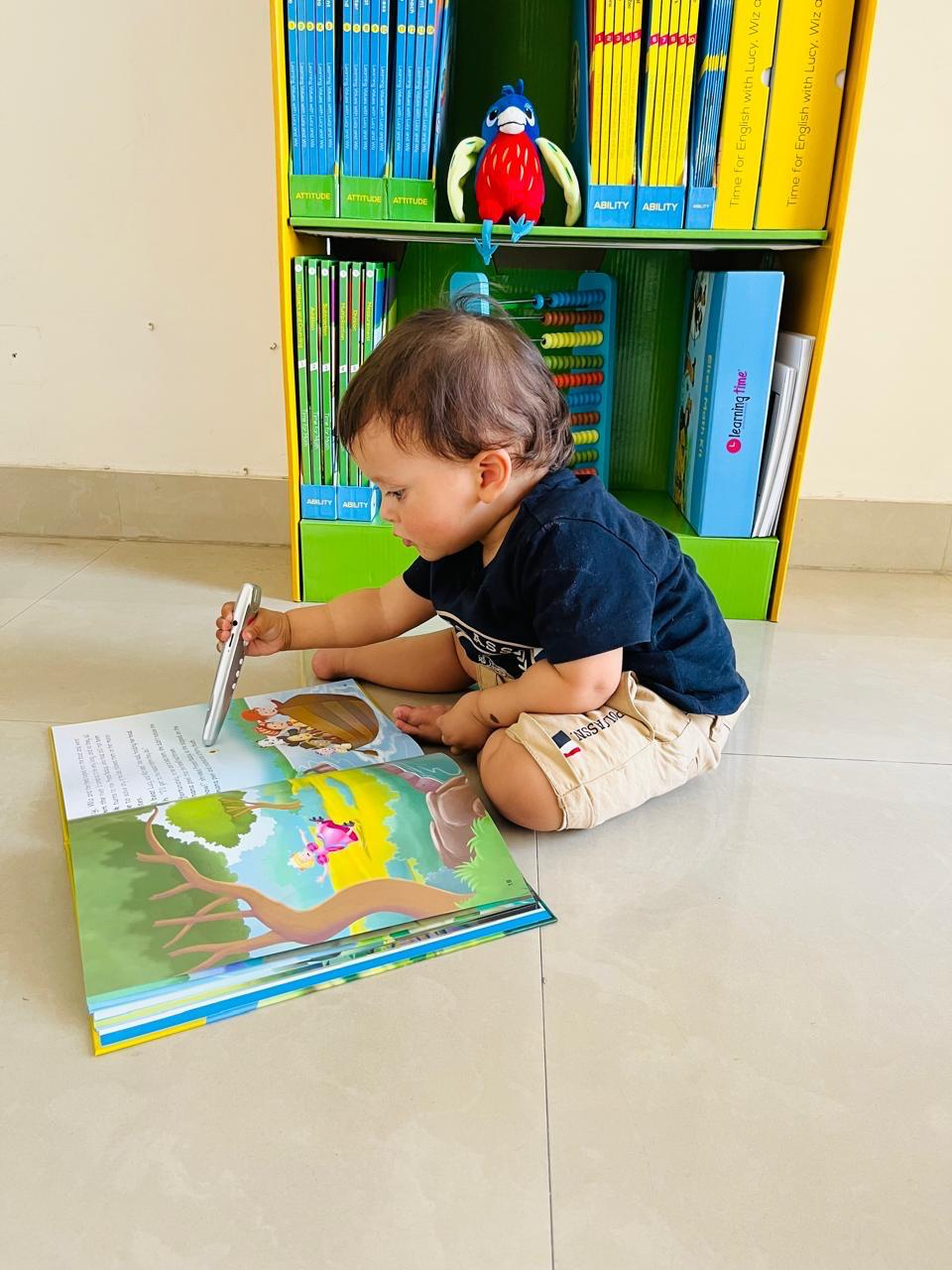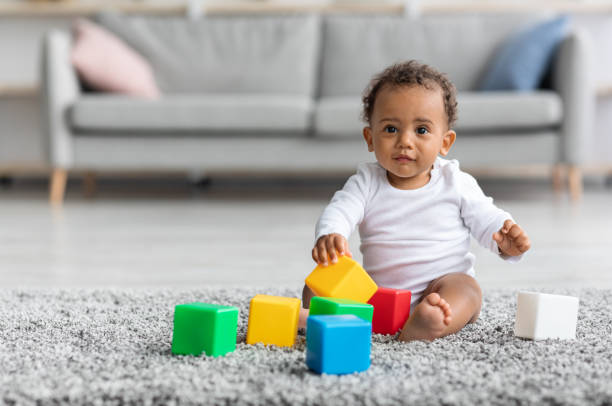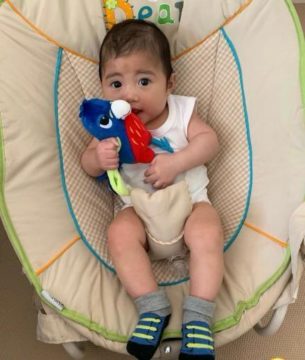
‘Aarush loves the moral values story books, math board games, etc’ asserts a proud mother from India
August 6, 2024
“Thank you, Learning Time, for creating such a wonderful product”, says a satisfied mother from Maharashtra, India
September 13, 2024The early years of a child’s life are a period of rapid brain development. It’s a time when foundations are laid for future learning, social skills, and emotional intelligence. Amidst the plethora of products targeting this crucial stage, a question arises: Are early learning products truly worth the investment?

The Power of Early Learning
Research consistently underscores the significance of early childhood experiences. These formative years shape a child’s cognitive, social, and emotional development. High-quality early learning environments and experiences have been linked to:
- Improved academic performance: Children who engage in stimulating activities from an early age tend to excel in school.
- Enhanced problem-solving skills: Early exposure to puzzles, games, and exploratory play fosters critical thinking.
- Stronger social and emotional development: Interactive toys and playdates contribute to building empathy, cooperation, and self-regulation.
- Increased language skills: Engaging in conversations, reading books, and listening to music expands vocabulary and communication abilities.
Early Learning Products: A Closer Look
Early learning products range from simple toys to sophisticated educational systems. While not all products are created equal, many offer valuable opportunities for growth. Here’s a breakdown:
- Toys: Building blocks, puzzles, and pretend play items encourage creativity, problem-solving, and imagination.
- Educational apps and games: Interactive digital content can introduce children to numbers, letters, and basic concepts in an engaging way.
- Books and music: Reading aloud and listening to music stimulate language development and foster a love of learning.
- Learning materials: Flashcards, workbooks, and manipulatives can reinforce early learning concepts.

Making Informed Choices
When investing in early learning products, consider the following:
- Child’s age and development: Choose products that align with your child’s current abilities and interests.
- Quality and durability: Opt for well-made products that will withstand enthusiastic play.
- Educational value: Look for toys and materials that promote learning and skill development.
- Safety: Prioritize products that adhere to safety standards.
- Balance: Remember that screen time should be limited, and physical play is essential.
Beyond Products: The Power of Interaction
While early learning products can be valuable tools, they are not a substitute for quality parent-child interaction. Reading together, singing songs, playing games, and engaging in conversations are equally, if not more, important for a child’s development.
Cost-Effective Alternatives
Not everyone has the budget for a plethora of early learning products. Fortunately, there are plenty of cost-effective ways to stimulate a child’s mind:
- Nature exploration: Spending time outdoors provides endless opportunities for learning and sensory experiences.
- Library visits: Access to books and storytelling hours is often free.
- Homemade activities: Simple crafts, sensory bins, and cooking projects can be both fun and educational.
- Comprehensive Early Learning Packages: Have a look at the A+ early learning program from Learning Time. It’s a complete and well-organized program that has it all; talking story books, knowledge books, videos, apps, activities, board games, flashcards and more.

Conclusion
Investing in early learning products can be a worthwhile endeavor, but it’s essential to approach it with discernment. Focus on quality over quantity, prioritize interaction, and remember that the most valuable investment is your time and attention. By providing a stimulating and nurturing environment, you can set the stage for your child’s lifelong success.
Remember: Every child develops at their own pace. Celebrate their unique abilities and interests, and create a learning environment that fosters curiosity and a love of exploration.




